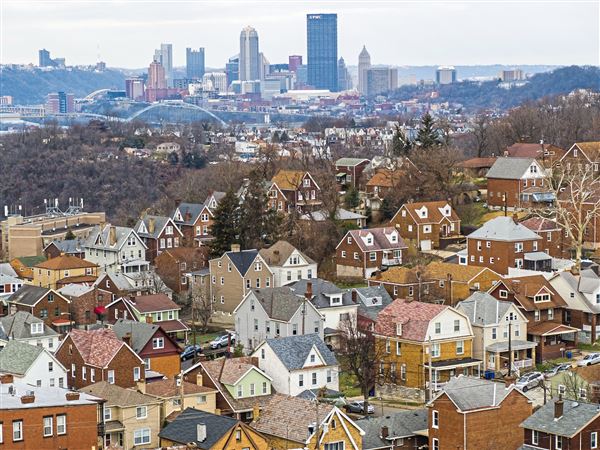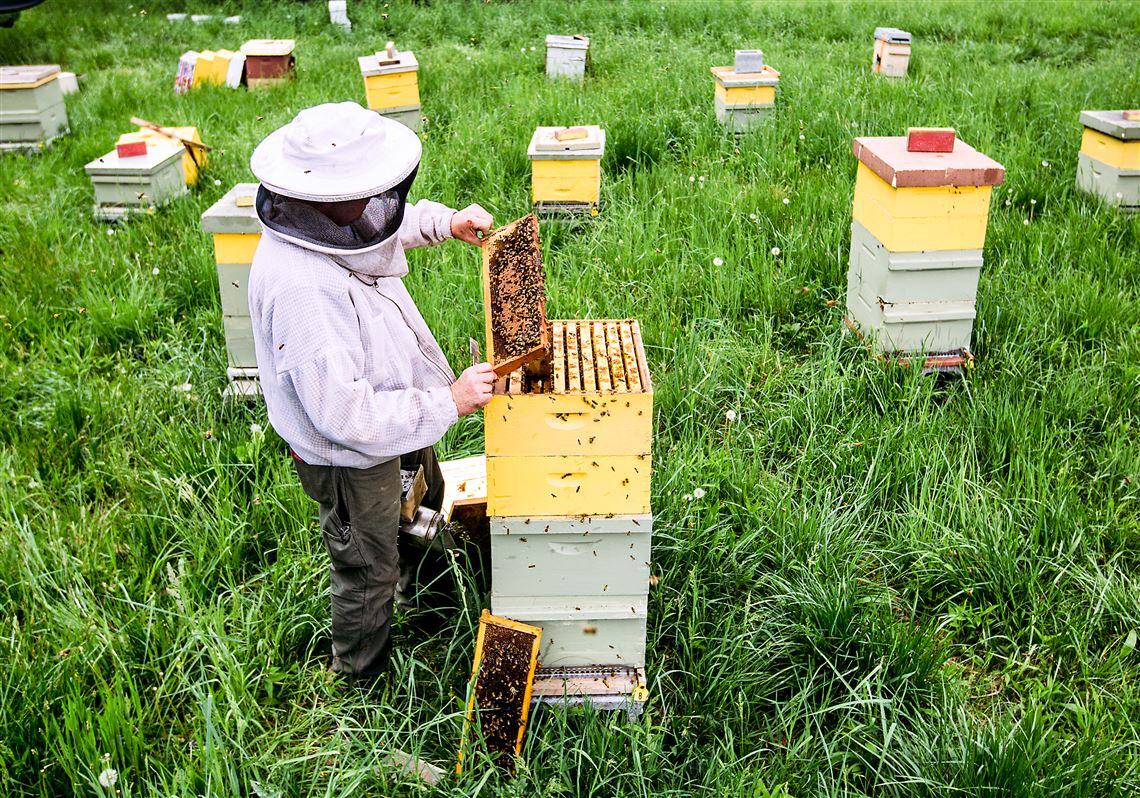Commercial and backyard beekeepers nationwide are being stung financially by high die-off rates of honeybees, with Pennsylvania’s rate reaching 60.6 percent.
“Populations of honeybees and other pollinators are in decline due to the four Ps — parasites, pathogens, pesticides and poor nutrition due to the loss of diversity and abundance of flower plants in the landscape,” said Christina Grozinger, director of Penn State University’s Center for Pollinator Research. “The costs of losing these colonies is making it very difficult for beekeepers to stay in business.”
The mass death of bees raises the cost of producing honey, while commercial bee operations must hike rental rates for colonies that pollinate crops.
“Since bees pollinate 75 percent of our major crops — our fruits, vegetables and nuts — this could lead to higher food prices or require growers to put more land into crop production to make up for the loss of yields due to poor pollination,” the Penn State entomologist said.
The Bee Informed Partnership released a preliminary report this week showing a 42.1 percent loss of bee colonies nationwide over the past year. Most concerning are growing losses during summer months, when bees traditionally thrive. The report is based on a survey of 14.5 percent of the nation’s beekeepers, who reported bee-colony losses from April 2014 to April 2015.
The national rate represents “the second highest annual loss recorded to date,” the report says, noting a 45 percent loss in 2012-13. Pennsylvania’s losses at 60.6 percent are among the nation’s worst, behind only Oklahoma (63.4), Illinois (62.4), Iowa (61.4), Delaware (61) and Maryland (60.9).
Colony collapse disorder no longer is the problem it was one decade ago, when bees mysteriously were disappearing from hives. Today’s problems typically involve the death or diminished health of bees.
David Hackenberg of Hackenberg Apiaries near Lewisburg, Union County, says he lost 87 percent of his bees in the past year, prompting him to reduce hive totals from 2,500 to 1,700. The company sends bee hives nationwide to pollinate croplands. “We’ve cut back until someone fixes the problem,” Mr. Hackenberg said. “Every hive that dies, that’s a $150 loss, and that’s real money, for sure.”
Twenty years ago, queen bees were viable for two to three years, but that’s been reduced to two to three months. He said he mostly blames pesticides and fungicides used in agriculture for the poor health of commercial pollinators.
The U.S. Environmental Protection Agency has blocked new uses of neonicotinoids, a pesticide “theorized to be responsible for plummeting bee populations” with research finding impacts on birds, bees and other animals, the agency said. But it hasn’t rescinded current permits for use of the pesticide, drawing protests from beekeepers, environmentalists and wildlife groups. Further action depends on “completion of the new pollinator risk assessments for these chemicals,” which it says is an agency priority.
Jay Vroom, president of CropLife America, a national association for the crop-protection chemical industry, questioned the scientific significance of the partnership’s report, based on 14.5 percent of beekeepers. He said pesticides and fungicides can pose problems when not used properly. Member companies are working with beekeepers to develop insecticides that kill mites, beetles and other threats to hives and pharmaceuticals to reduce bee losses.
“There are a lot of other stressors other than pesticides that need to be managed,” Mr. Vroom said. “We will continue to be part of the solution with our valued relationships with beekeepers, farmers and other stakeholders including federal and state governments.”
Problems facing backyard beekeepers like Steve Repasky, vice president of the Pennsylvania State Beekeepers Association who produces Meadow Sweet Honey, tend to occur inside rather than outside the hives. Such threats include viruses and hive infestations of varroa destructor mites that weaken and kill young bees.
“There are so many stressors playing a role in beehive survival,“ said the Dormont beekeeper, who has 75 hives situated throughout the Pittsburgh area. “You have to be vigilant. The survey should be raising alarms everywhere. It’s nothing you can ignore.
“We’re on the verge of a major disaster with honeybees.”
David Templeton: dtempleton@post-gazette.com or 412-263-1578.
First Published: May 16, 2015, 4:00 a.m.















